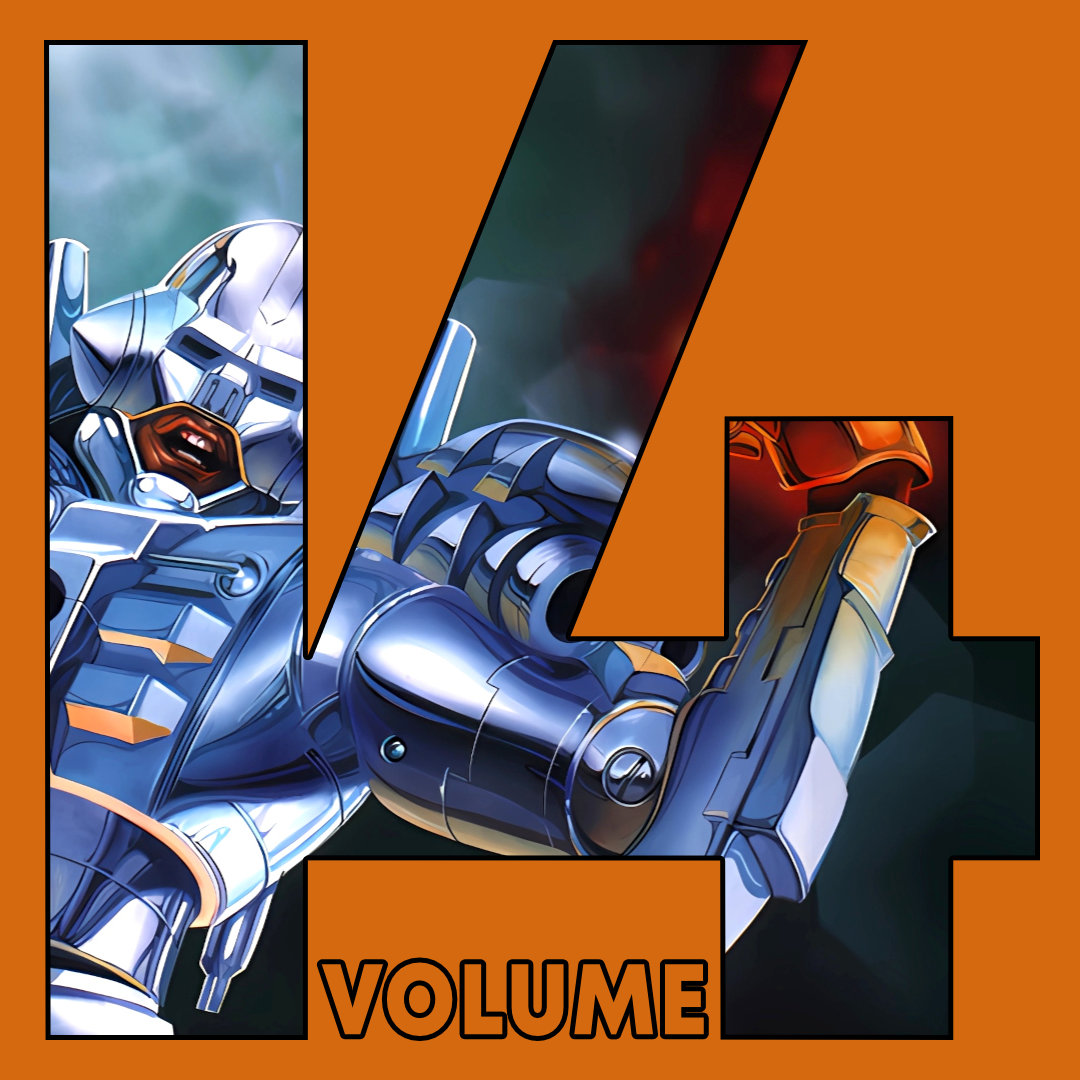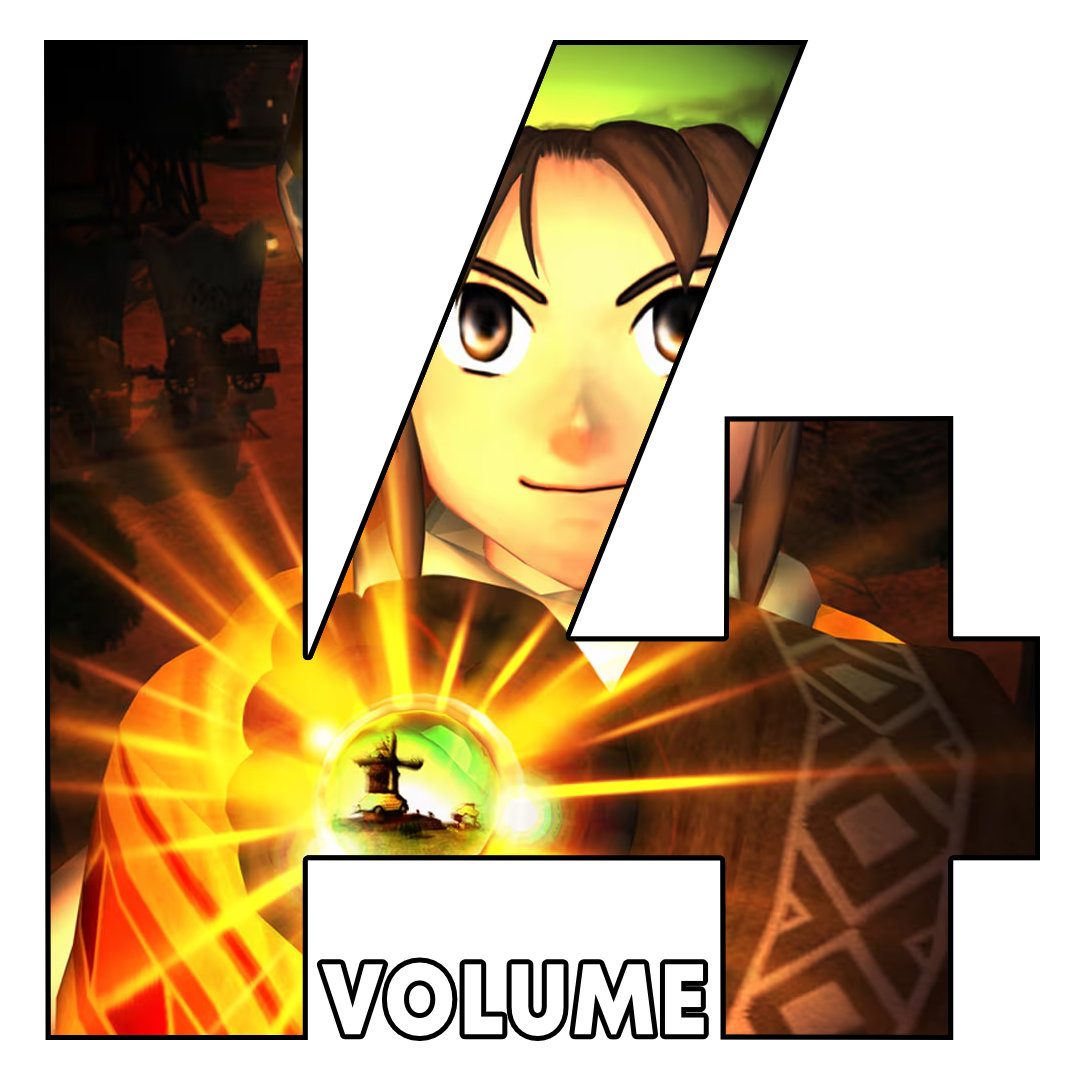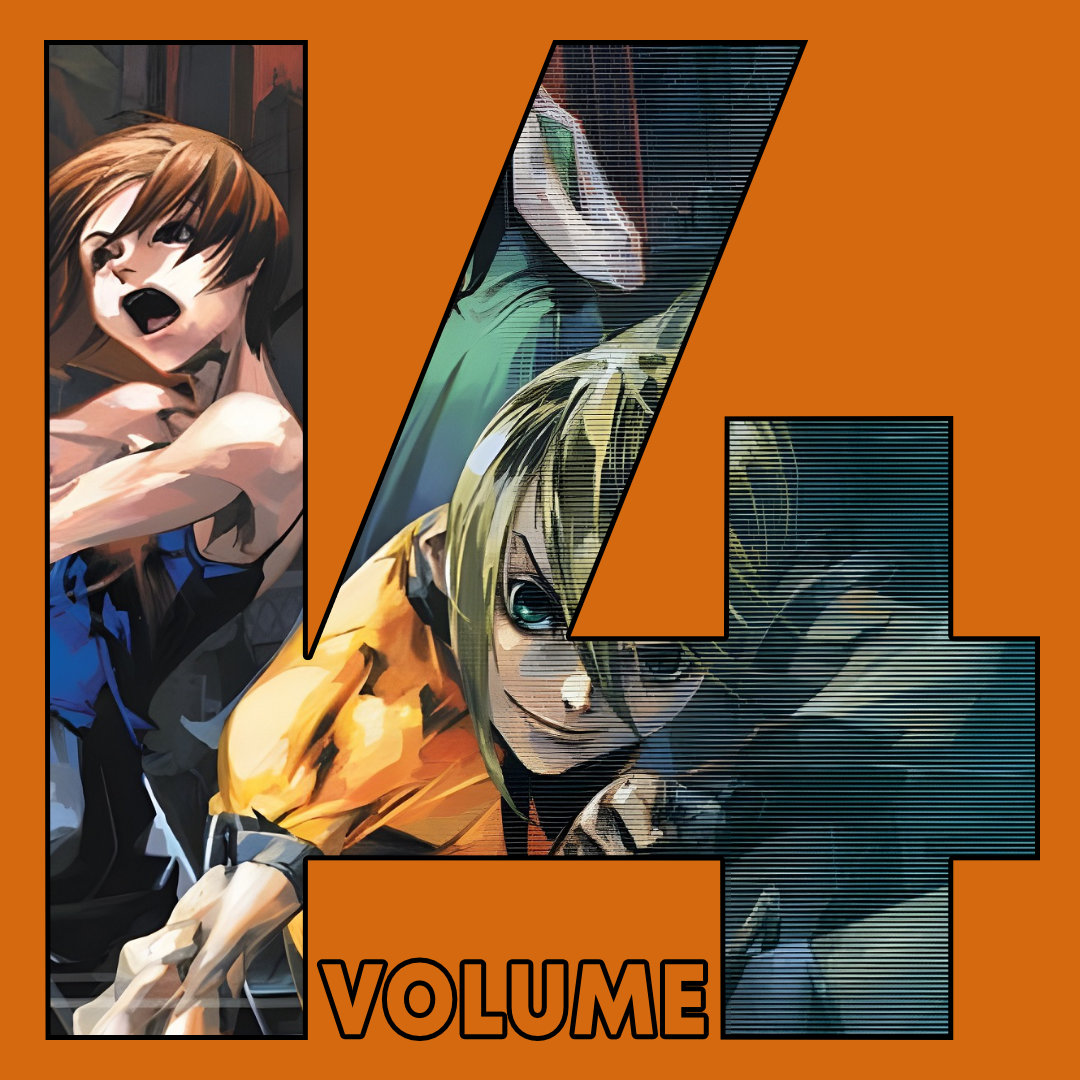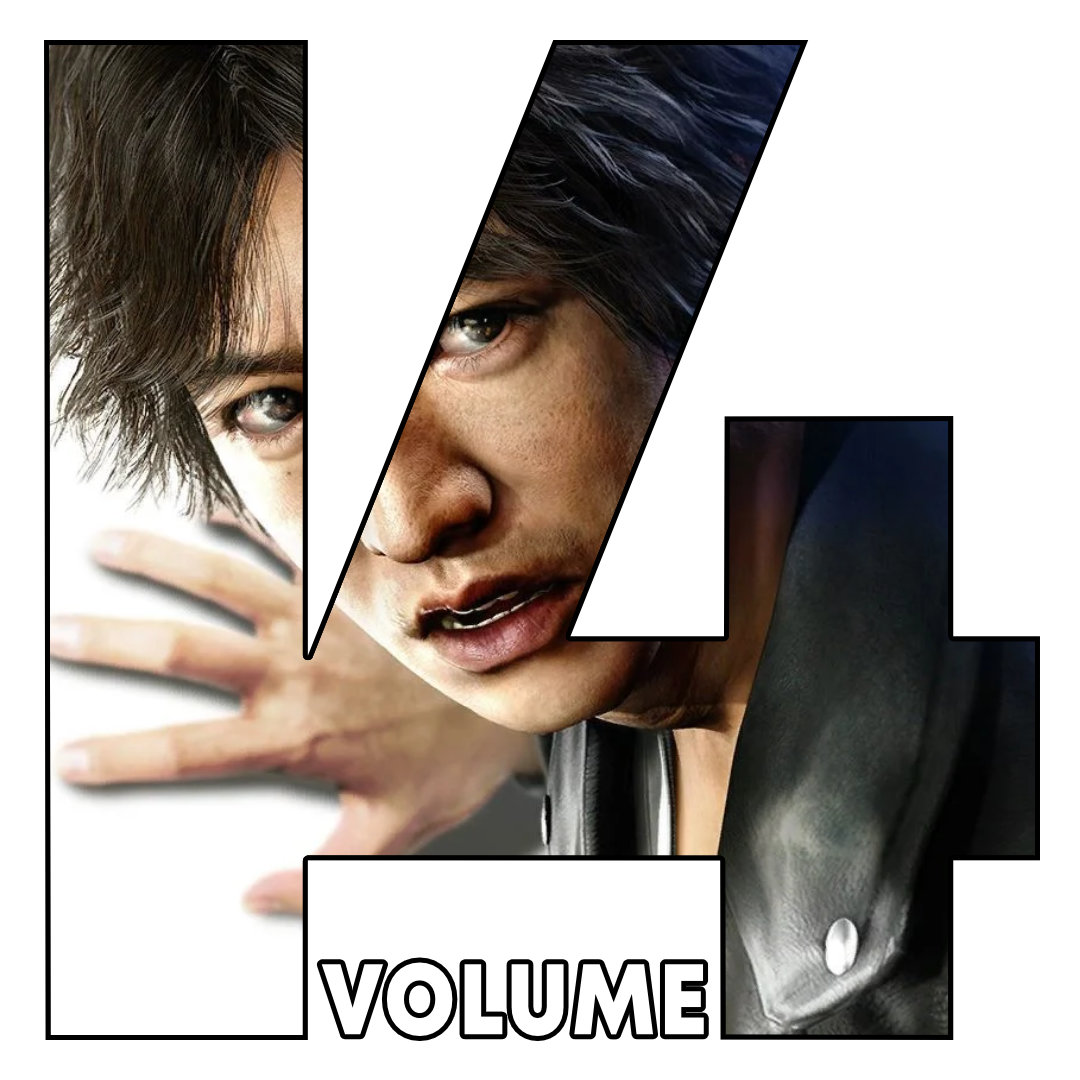The comedic adventure game has become somewhat of a rarity as of late. There was a time, in the late 80s and 90s, when the PC gaming landscape was dotted with frequent releases of marvelously written, original, hilarious videogames such as The Secret of Monkey Island and Sam & Max Hit the Road.
As with every trend, though, it faded away. It was ultimately stamped out almost completely with the dawn of 3D polygon-based gaming, a format to which its specific style of gameplay did not transition well (there are, of course, notable standouts that break this rule, like Grim Fandango, but even they were not financial successes and they were quickly and quietly extinguished as well).

The point-and-click adventure game genre went quiet for many years, only re-emerging into the spotlight fairly recently with Telltale’s runaway hit based on The Walking Dead. Reinvigorated by the ease of distribution and player input that touch interfaces, like tablets and smart phones, afford the genre, the point-and-click adventure game is once again taking center stage. Something is different about the genre in its resurrection, though.
The genre has been abruptly moving away from its comedy roots into literature of a more serious tone. Telltale, who have been faithfully creating new Sam & Max and Monkey Island games for years, are seemingly moving their focus entirely out of the realm of comedy after the success of The Walking Dead, following it with The Wolf Among Us and an upcoming series based on A Song of Ice and Fire (a.k.a. Game of Thrones).
Wadjet Eye’s Blackwell series is of a serious nature. Cardboard Computer’s mysterious Kentucky Route Zero is dark and foreboding. Capybara Games’ lush Superbrothers: Sword & Sworcery EP is a celebration of music and the visual arts. Even Double Fine, perhaps the one company known as being the brightest beacon of comedy in the games industry, surprisingly moved away from the comedy genre with their return-to-form point-and-click adventure game Broken Age.
Instead, comedic adventure games branched out in different directions. Traveller’s Tales has been developing a very successful line of LEGO video games that provide light, friendly, and humorous re-imaginings of films and comic books since 2005, and Ron Gilbert, creator of Maniac Mansion and The Secret of Monkey Island, has been experimenting with infusing his unique brand of comedic writing, perfected in the age of point-and-click adventure games, into other genres of games, like his humorous Diablo-like hack-and-slash DeathSpank (co-developed with Hothead Games).

This is a roundabout way to begin a review of Stick It to The Man!, but it is necessary context, for it is difficult to have a conversation about Stick It without mentioning Ron Gilbert’s most recent collaboration with Double Fine, The Cave.
The Cave is perhaps the purest modern distillation of the spirit of the classic LucasArts point-and-click adventure games that Gilbert made famous. The game plays like a side-scrolling platformer with Metroidvania exploration and logic puzzle elements. The player (or players; the game supports up to three, cooperatively) controls three of seven characters as they spelunk their way through a massive underground cavern where they encounter areas that emulate episodes from their own lives that they must re-experience in punishment or in atonement for their sin. All of this is narrated by the gleefully glib talking cave, is accentuated by very creative puzzles, and is punctuated with marvelous and twisted art direction.
The real success of The Cave, though, is its brilliant reduction of the comedic adventure game formula. Containing all of its puzzles within enclosed caverns and limiting its item inventory to a small handful of items at a time, it carefully irons out many of the headaches of traditional point-and-click adventure gaming. Gone are the hours of being stumped by an unfairly difficult puzzle, attempting to use each item and verb phrase with every possible thing in the massive environment until something happens. Gone are the pacing problems that overly-drawn out puzzles present to the comedy. Instead, The Cave is a comfortably paced, multiplayer-enabled treat that retains its sense of devilish cleverness without becoming prohibitively difficult.
Stick It to The Man!, by Swedish developer Zoink Games, was released at the tail end of 2013 and during the first half of 2014 for the Wii U, PC, Mac, PS3, PS4, and PS Vita. It is a puzzle-platformer very much like The Cave, in which items (represented as stickers, a la Paper Mario: Sticker Star) are picked up and used to solve puzzles in large, enclosed, Metroidvania-style environments. The art is beautifully hand-drawn and the environment is abstract and cartoony.
It is made to look like everything is drawn onto pieces of cardboard being suspended in a diorama, a style popularized by LittleBigPlanet and Tearaway, among other games. The characters are weird, the environments are surreal, and the script is outlandishly funny. Though playing a lot like The Cave, it does have one gameplay element that takes it in a very different direction. Ironically, this is where I must divert our path once again to draw another unavoidable comparison.
Stick It to The Man! also draws heavily from another Double Fine game; the studio’s magnum opus, Psychonauts. Our main character, Ray, awakens, after being hit on the head on his way home from his job testing hard hats, to find that he has developed psychic powers. Stop me if any of this sounds familiar to Psychonauts veterans. These psychic powers can be used to read the minds of the bizarre, delightfully demented, Tim Burton-esque citizens inhabiting this topsy-turvy world.

To make absolutely sure that there is no confusion, much of the game is set in a run-down insane asylum where Ray uses his psychic powers to fix the problems plaguing its troubled occupants. At another point in the game, you must convince a near-sighted chauffeur that you are his employer by assembling a number of items that make you resemble said character. I am all for a loving homage, but the level of inspiration Stick It to the Man takes from Psychonauts makes me the tiniest bit uncomfortable. If this game was relabeled as a Psychonauts sequel, I would entirely believe it. All of the pieces are in place. There is nothing that would make me question it.
I do not wish for that to be read as a criticism of the game, though. The world needs more Psychonauts. Even though the game is iterating on themes already established by another studio, it plays with those building blocks and expands on the ideas brilliantly. Perhaps it would be best to frame Stick It as a loving fan-fiction. Ultimately, the game does establish its own identity, transcending its iterative roots.

Perhaps you have noticed that I have not spoken a lot about the game’s story. Let me assure you that this is not because the story is in any way lacking. Rather, the eccentricity and audacity of the game’s off-the-wall narrative is a roller coaster of wonderfully realized locations, ludicrous situations, and endlessly hilarious characters.
To speak to any of the story’s specifics would be to deflate the game’s carefully crafted comedy. Truly, the best way to experience it is to go in blind. It should tickle those with an appetite for humor of a nature rather ironic, absurd, psychological, dark, and slightly nihilist. What’s best is that the writing does not fall back on easy crutches like hacky internet meme humor like so many of its colleagues do.
One of the real standout elements of the experience is the beautiful art that has been drawn and painted for the game. Such attention has been paid to each and every detail. It really is unique in its presentation. The game makes great use of neon colors (pinks, greens, yellows, oranges) against dark backgrounds to make every detail pop out of the screen. You can stand still any point in the game and watch the screen for ten minutes, all the while noticing new details and nice touches you hadn’t seen before.

One slight point of contention I must take with the art direction regards the way that Ray’s psychic powers manifest on screen. Ray’s abilities are visualized by a giant, pink arm extending from his forehead. While it’s a quite striking look, the arm itself doesn’t actually serve that great of a gameplay purpose. I find that it, always present on screen, only serves to cover up some of the lovely background art that I would rather be looking at. If its purpose is to give the game an immediately identifiable visual identity, it hardly seems necessary. The rest of the art more than speaks for itself in that regard.
The gameplay mainly revolves around puzzle solving using items found in the expansive, winding environments, but that is broken up by stealth sections, which I feel add little to the game as a whole. In these sections, you must guide Ray through corridor and platform mazes occupied by guards who are on the look-out for you. Items may be used to put guards to sleep or send them after one of their comrades, but these sections are sometimes frustrating and do not play to the game’s strengths. Most annoying is when something must be selected with the cursor (controlled by the various consoles’ touch or mouse inputs) while being chased.
While it may be quite easy to do with a mouse or the Wii U game-pad, it can be quite tricky to select the needed item with the PS4’s touch-pad in time, making some deaths feel undeserved. Still, these sections are brief and not difficult enough to cause anyone to quit the game in frustration (with the exception of the last couple instances, perhaps).
The voice acting is wonderful and eclectic, accentuating the game’s wickedly funny script. The voices are wacky and cartoony (falling somewhere between Psychonauts and Conker’s Bad Fur Day). What’s even better is that every character’s mind can be read, rewarding curious players with some of the funniest writing in the game as the characters’ inner monologues betrays certain details about themselves or the situation.
Stick It to The Man! launched fairly quietly and, despite being a PlayStation Plus featured game, has not caught onto the public consciousness to the degree that I think it deserves. The game is truly something special. I can, without reservation, recommend Stick It to The Man! to anyone who yearns for the days of classic comedic point-and-click adventure games and would fancy a modern-day reinterpretation of the genre.
It’s accessible, fun, funny, and not too long as to overstay its welcome. Overall, Stick It to The Man! is an unexpected gem from an up-and-coming studio. I’m excited to see what Zoink will produce next.













